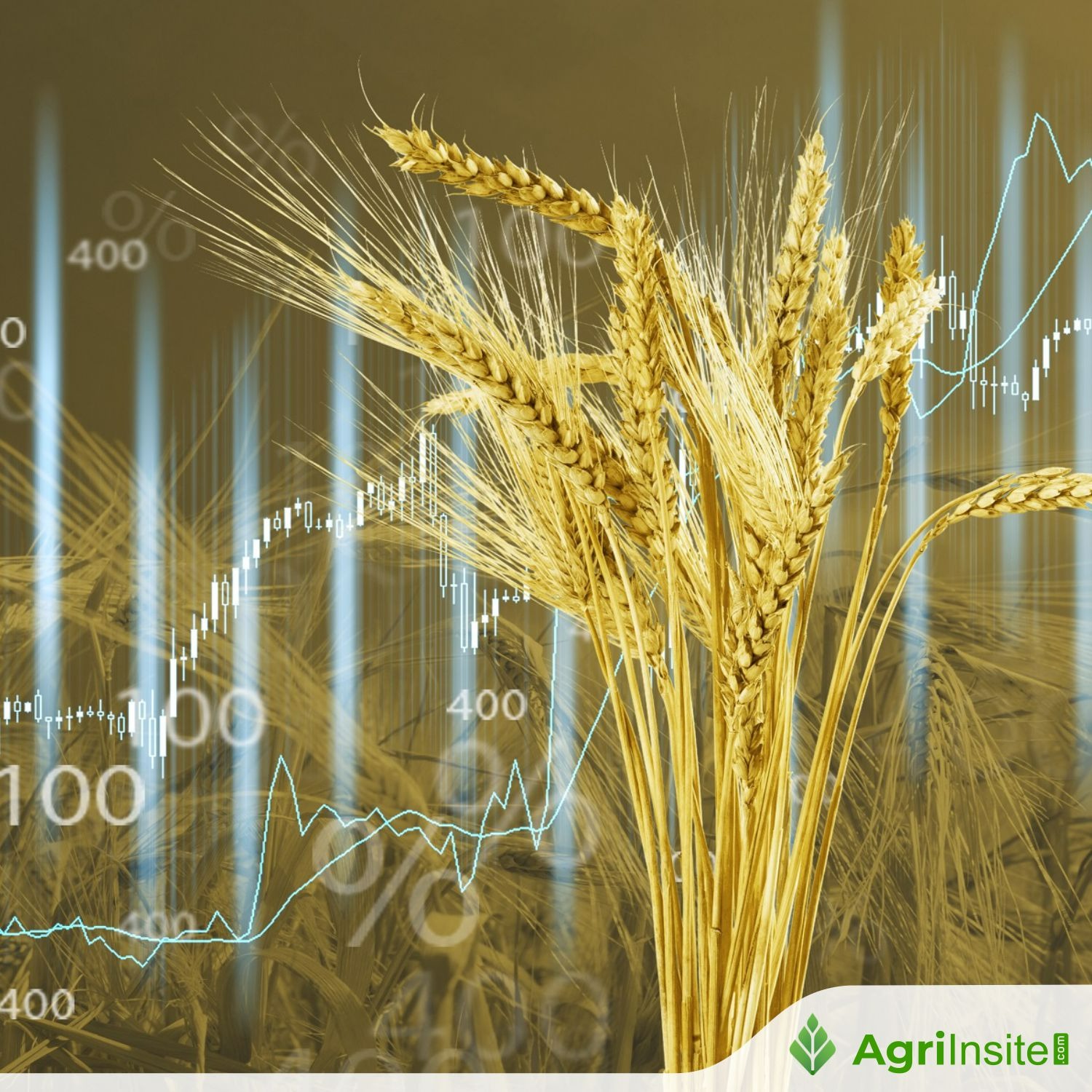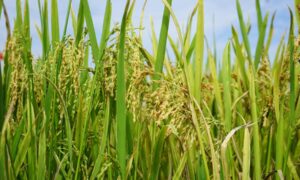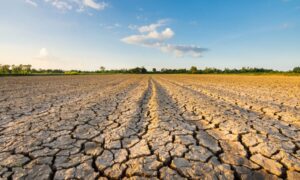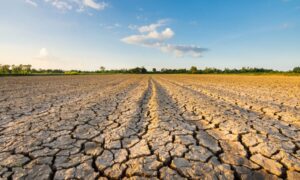Rain improves US Plains wheat conditions

Recent rainfall has provided a much-needed boost to winter wheat crop conditions in the central and southern Plains of the US, offering hope to growers facing drought conditions. The USDA’s October 28 report showed 38% of the crop in good-to-excellent condition, a decline from 47% last year and the second-lowest in records since 1986
KANSAS CITY, MISSOURI, US — Recent rainfall has quickly changed the direction of winter wheat crop conditions in the US central and southern Plains. Growers hope additional rain in forecasts signals a pattern change to pull those regions out of drought and promote emergence before the hard red winter wheat crop goes dormant and lessens the burden on spring precipitation to make the crop.
The US Department of Agriculture debuted its aggregate winter wheat conditions ratings in its Oct. 28 Crop Progress report. At 38% in good-to-excellent condition, the crop was worse than 47% a year earlier, worse than analysts expected, and the second lowest in records dating to 1986.
The crop’s first condition ratings “didn’t have any major surprises,” said Justin Gilpin, chief executive officer of Kansas Wheat. “I think everybody knew, considering the emergence number. It’s just so early and the ground’s been so dry and hard, the wheat in the central part of the US hadn’t really had a chance to establish yet.”
The week ended Nov. 2 brought cooler, wetter weather to the top hard red winter wheat producing state of Kansas, as well as Oklahoma, northern Texas and that state’s Panhandle, eastern Colorado and Nebraska. The moisture received proved beneficial and the latest USDA ratings show improved conditions in six of the seven major hard red winter wheat production states. The Department said the portion of the crop rated good-to-excellent as of Nov. 3 was 40% in Kansas (38% a week earlier), 31% in Oklahoma (21%), 24% in Texas (30%), 58% in Colorado (51%), 37% in Nebraska (31%), 35% in South Dakota (44%) and 22% (all good) in Montana (17%).
While the additional moisture appears to have the crop on track for better conditions heading into dormancy, other evidence contained in the Crop Progress report reminded the trade that much more precipitation was needed. Topsoil moisture supplies are crucial in the early stages of winter wheat to promote emergence before dormancy.
No major winter wheat production state had surplus topsoil moisture as of Nov. 3. Topsoil moisture rated short to very short on that date was 55% in Kansas (78% a week earlier), 68% in Oklahoma (84%), 78% in Texas (92%), 65% in Colorado (63%), 79% in Nebraska (84%), 81% in South Dakota (82%) and 73% in Montana (64%).
The central and southern Plains “needed a pattern change, needed to get a rain, let it soak in and then forecasts show a chance for another soaking rain,” Gilpin said. “The most important time for wheat obviously is springtime, but to give wheat a fighting chance, you want to get it up and established going into winter. We would have liked to have these rains a couple weeks ago, but we’re not going to complain about getting them now. Hopefully it’s not too late to have the plant still growing and getting some tillers and getting established going into winter.”
Whether or not the rains spur a jolt of development and growth could be evident in the last couple Crop Progress releases before the USDA shelves the weekly report until spring. Winter wheat emergence by Nov. 3 was 76% in Kansas, 47% in Oklahoma, 52% in Texas, 86% in Colorado, 83% in Nebraska, 70% in South Dakota and 80% in Montana.
“Things are cooling off pretty fast in Kansas and the growing season’s coming to a close,” Gilpin said. “Not going to complain about moisture, but will this moisture do a lot to get that development? The plant’s just not growing fast like it would have been had we received the rains a couple weeks ago. I don’t want to sound too pessimistic, because it’s really good we’re getting this moisture.”
Recent rains also have improved conditions in the Central states where soft red winter wheat is primarily grown. The USDA rated winter wheat in good-to-excellent condition as of Nov. 3 at 61% in Missouri (55% a week earlier), 68% in Illinois (51%), 63% in Indiana (67%), 68% in Ohio (71%) and 64% in Michigan (61%).
Topsoil moisture supplies reflect recent rainfall after a dry period that had the soft red winter production area in abnormal dryness or drought conditions this fall. The USDA rated short to very short topsoil moisture conditions as of Nov. 3 at 35% in Missouri (70% a week earlier), 65% in Illinois (80%), 74% in Indiana (76%), 83% in Ohio (82%) and 61% in Michigan (62%).
Source Link : https://www.world-grain.com/articles/20680-rain-improves-us-plains-wheat-conditions

















